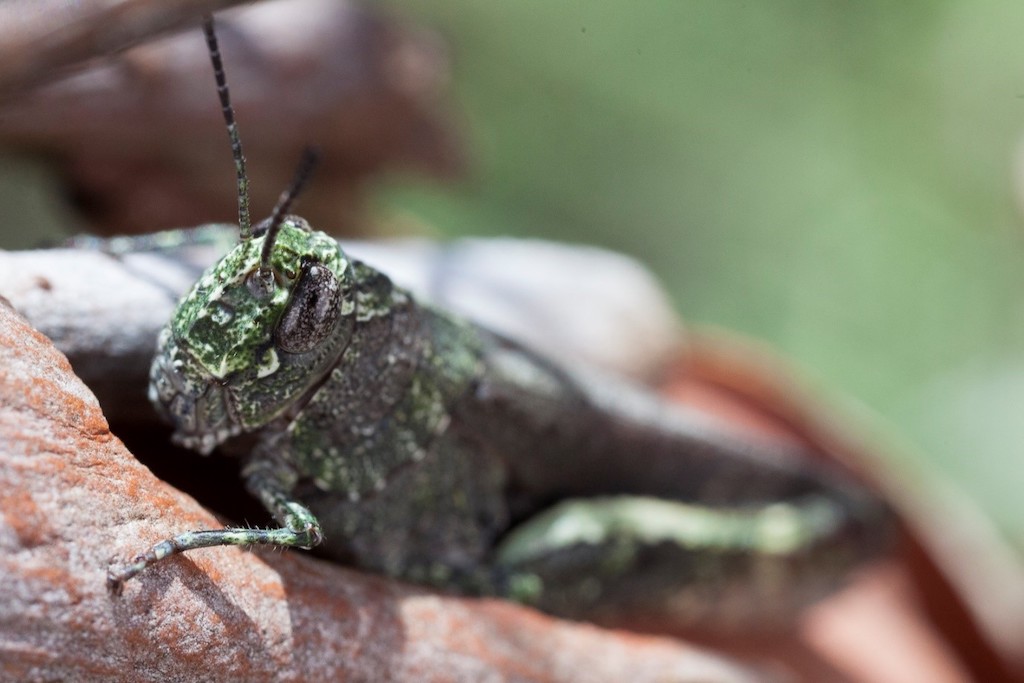
Lunchtime Oasis
David Wong

Most lunch times, I lug my camera gear to the nature reserve closest to my office for a walk in the bush.


The patch of bush I visit is dry Eucalypt forest with Scribbly Gum Eucalyptus rossii, Brittle Gum E. mannifera and Red Stringybark E. macrorhyncha. Each of these eucs have their own particular charm: The Red Stringies, rough and ‘reddy’ like barflies at a country pub. Even their seedlings emerge hardened to the world, with sandpapery leaves. The Brittle Gums, with their powdery bark, almost invite you to rub them as you walk by. But it is the Scribblies that hold the most mystery. Their pressure-wrinkled ‘armpits’, their changeable bark, and of course, the bush graffiti that covers them like tattoos.

The artists are in fact moth larvae from the genus Ogmograptis and it turns out that the scribbles have inspired many others including the likes of May Gibbs and Judith Wright.
Visiting this place almost daily, I am witness to the constant unfolding of nature across different timescales: through seasons, the day-to-day (weather variation and freak events such as hailstorms), and moment-to-moment. Once tuned in, things that were hidden start to stand out.

One day there is a steady stream of gently falling branchlets paired with the sound of a creaky door. Up above, a Gang Gang Cockatoo calling to his mate, perhaps perusing potential nesting sites.

The trunks of Scribbly Gums and other eucalypts are also the homes and transit corridors of invertebrates. For some, it is likely their world.

These tiny residents or commuters, that we would ordinarily walk past without a second thought, are the powerhouse of ecosystems: ecosystem engineers, decomposers, predators and prey.

For ants, tree trunks may be a pheromone-laced superhighway, where seemingly identical individuals march towards an unseen goal. Perhaps a sticky sweet secretion of scale insects on the leaves high above, or is it something else?
The bark shed from eucalypts, including Scribbly Gums, becomes habitat for yet more invertebrates.

As the end of my lunch hour approaches, I know that I have barely scratched the surface, and tomorrow I will barely scratch it again.












Author Bio: David grew up exploring nature and this sparked his interest in ecology, photography and science communication. In 2022 he is working on a multimedia project called Woodlands, Forests, Life that invites people to take a closer look at eucalypt ecosystems and their conservation and to experience these places themselves. This project is supported by a Eucalypt Australia Dahl Fellowship.